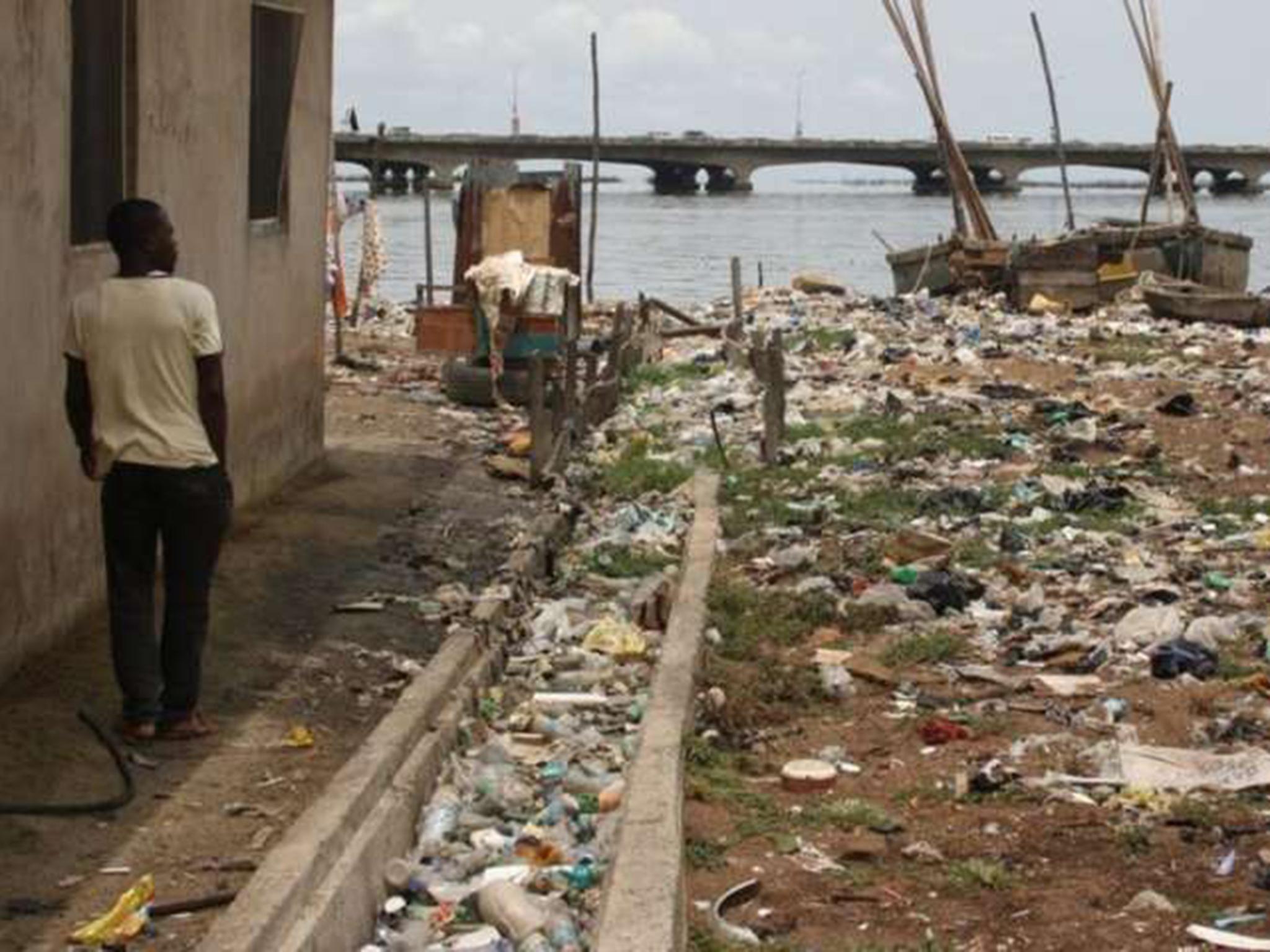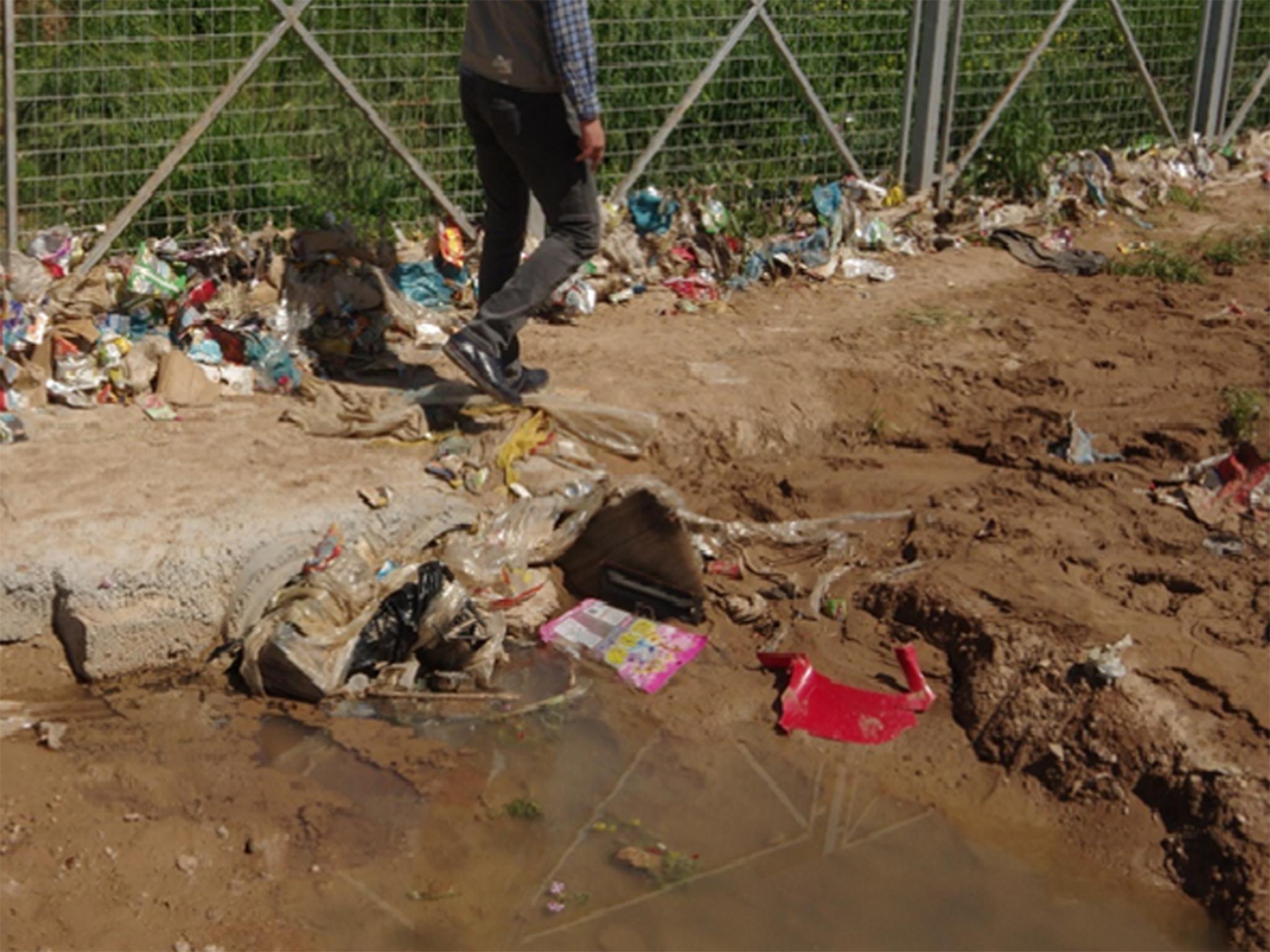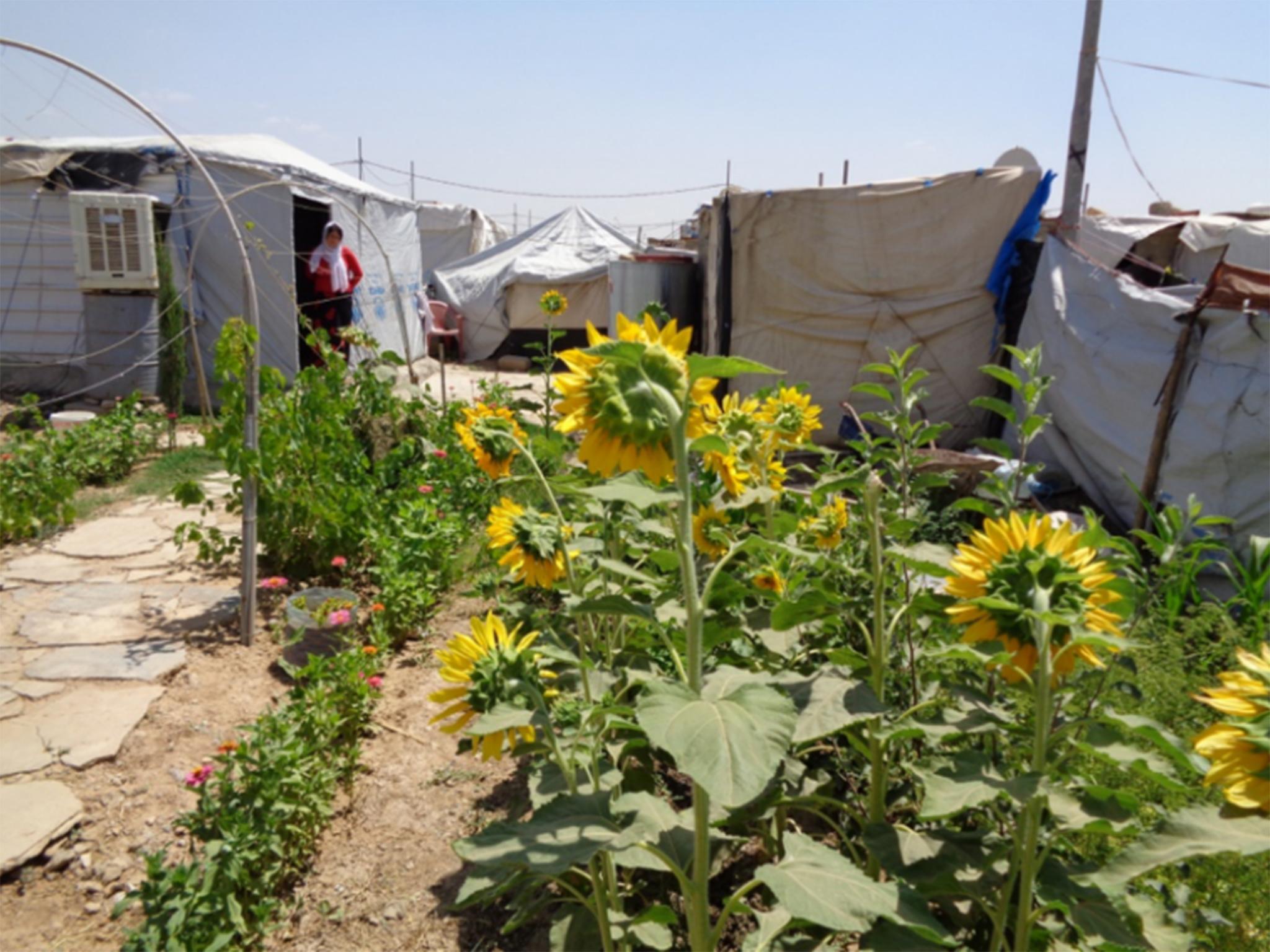Poor drainage in slums and refugee camps can be lethal – we must do better
The UN already recognises that providing water, sanitation and health is a human right. It’s time we gave drainage the same status

Your support helps us to tell the story
From reproductive rights to climate change to Big Tech, The Independent is on the ground when the story is developing. Whether it's investigating the financials of Elon Musk's pro-Trump PAC or producing our latest documentary, 'The A Word', which shines a light on the American women fighting for reproductive rights, we know how important it is to parse out the facts from the messaging.
At such a critical moment in US history, we need reporters on the ground. Your donation allows us to keep sending journalists to speak to both sides of the story.
The Independent is trusted by Americans across the entire political spectrum. And unlike many other quality news outlets, we choose not to lock Americans out of our reporting and analysis with paywalls. We believe quality journalism should be available to everyone, paid for by those who can afford it.
Your support makes all the difference.If your main worry about puddles is that you might absent-mindedly wander into one and get your feet wet, consider yourself lucky. Standing water can be a breeding ground for mosquitoes and other insects that can carry diseases such as Zika, dengue or chikungunya, and therefore puddles represent a serious threat to human health in much of the world.
Already vulnerable people are most at risk, particularly those living in favelas, informal settlements and refugee camps where drainage is poor or non-existent.
I am a drainage expert and have seen the problem first-hand in South Africa, South America and Asia. The scale is huge: even in middle-income countries such as Brazil or South Africa more than a fifth of the population live in slums, while in poorer countries like Nigeria the rate is much higher – more than 50 per cent.

The UN already recognises that providing water, sanitation and health, or WASH, is a human right. It’s time we gave drainage the same status.
One solution is sustainable drainage, or SuDS, which mimics nature by encouraging the water to soak into the ground, then storing it and allowing it to slowly flow to groundwater, rivers or streams. On its way, the water is filtered through the soil, improving its quality.
Flooding is also reduced, and by using native vegetation, a home is provided for plants and animals, thus increasing their diversity. By encouraging water to seep below the surface, puddles between dwellings and on the street are reduced, and thus fewer mosquitoes will breed.
What does this mean in practice? Considerably more rainwater could be collected, or “harvested”, from rooves and put to good use, while the roofs themselves could be “green rooves” covered in plants and soil to help prevent flooding or water collecting in puddles.
It also involves digging ditches and filling them with stone to encourage the water to flow under the surface, or using a pavement that allows water to infiltrate, known as pervious paving.
Planning vs chaos
All this is easier said than done, and different environments have different challenges. Refugee camps, for instance, are formally set up by the UNHCR, the UN’s refugees agency, which installs the usual water and sanitation systems. Drainage is often not considered and, where it is, it comprises large ditches and pipes, which are not ideal.

But the fact that such camps can be planned to some extent, means sustainable drainage could in theory be designed in from the start, using native vegetation and locally available materials.
In informal settlements, things are more chaotic. A lack of governance and the fact residents do not own the land that they live on discourages anyone from thinking longer term. Poor infrastructure means waste water from kitchens and bathrooms, known as “greywater”, is often disposed of on the street and mixed with rain water. The problem is exacerbated by waste not being collected, meaning it accumulates in the streets and blocks existing drains. With little centralised planning for decent drainage, the onus is on the residents to be proactive and install measures themselves.

I recently visited an informal settlement in Franschhoek, 90 kilometres north of Cape Town, South Africa, where some progress has been made. There, plants in containers are used to store, treat and slow the water, a process known as bioretention. Some of that water is then used by single specially-planted trees in certain “microcatchments”. A form of pervious pavement has also been used, along with community greywater disposal points which encourage the water underground via perforated pipes and ditches filled with stone, thus avoiding any puddles.
In Iraq, refugee camps are initially set up to handle temporary flows of people from neighbouring Syria, but some camps do eventually become permanent. Water and sanitation systems are designed into the camps as a matter of course but drainage is often last to be included, if at all, resulting in costly retrofits once wastewater and flooding becomes a problem.

In the Domiz camp in the Kurdish region of northern Iraq, refugees from Syria have used greywater for gardening, rather than discarding it. The image below shows a garden in the camp which has produced ornamental plants as well as vegetables. As well as providing some food, such gardens also provide dignity and a sense of place-making for people in a tough situation. As the owner of the garden below told some colleagues of mine: “This garden reminds me of my childhood, my land. It also provides me with food, but it connects me to my homeland.”
In both refugee camps like Domiz and informal settlements – and indeed in any settlement, anywhere on the planet – drainage should be considered a human right. In the UN’s terms, WASH should become WASH’D.
Susanne Charlesworth is a professor of urban physical geography at Coventry University. This article was originally published on The Conversation (conversation.com)
Join our commenting forum
Join thought-provoking conversations, follow other Independent readers and see their replies
Comments